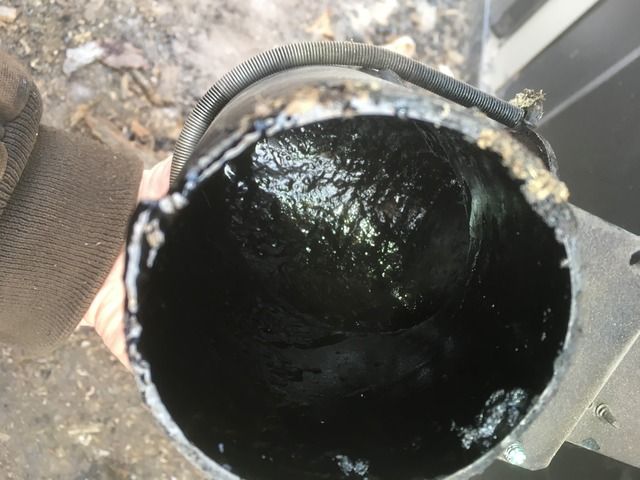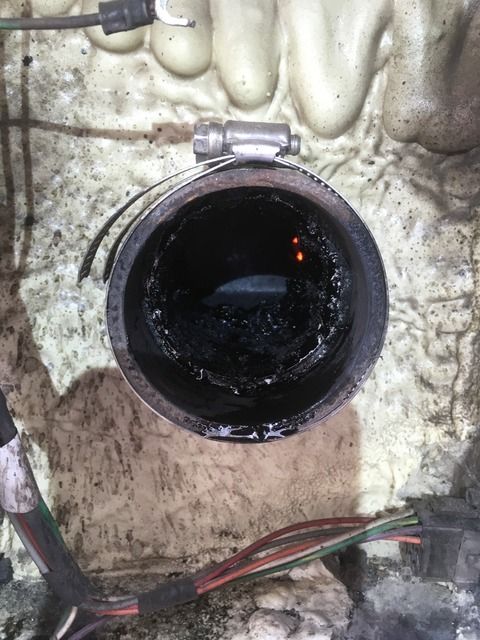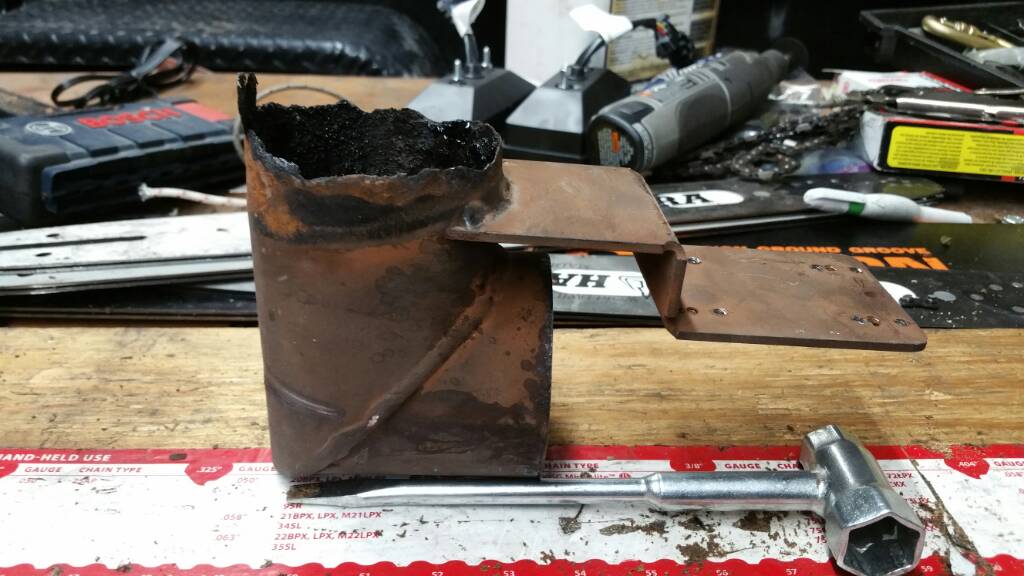Not sure how on-topic I am, since the thread title sort of seems to refer to OWBs. But I'll spit it out then step aside, anyway.
Mine is an indoor unit, with storage. I only actually have a fire going maybe 6 hours a day average through the winter. My daily maintenance amounts to a quick pushing of ashes from the last burn in the firebox, down the hole to the bottom chamber, then scooping out the bottom with a small ash scoop. Only takes a minute, before I build a new fire. Likely similar to any other daily ash handling routine. Weekly, I pull the 4 turbs & brush the 6 tubes. The only thing in there is fly ash. Goes pretty quick, takes maybe 5-10 minutes. I usually do that Sunday morning, not moving too fast then. Then either once or twice a year, I will pull the cleanout cap off the T on the back of the boiler, and scrape/brush the ash out that has settled in the almost horizontal pipe run back there, and out of the T & breach itself. That's another half hour. (Haven't done that yet this burn season). At the same time, on one of those cleanings, I will also drop the cleanout cover off the bottom of my chimney & let the accumulated ash out of there - that gets done at the end of burning season. The only thing I am dealing with top to bottom is fly ash - no creosote. Haven't brushed my chimney in the almost 5 years i have been using this thing.
While burning, I'm not glued to a cell phone, but I do have a wireless BBQ thermometer with two temps on it - top & bottom of storage (well, 1/4 up & 3/4 up).. Sometimes I pay attention to it, sometimes I forget about it, but I try to watch out for signs of bridging - temp not rising as fast as it should. It doesn't happen very often, but is the only one thing I 'watch' - if I remember to.
Also curious on this stuff on the OWB gassing units - I did consider one before going the way I did.








